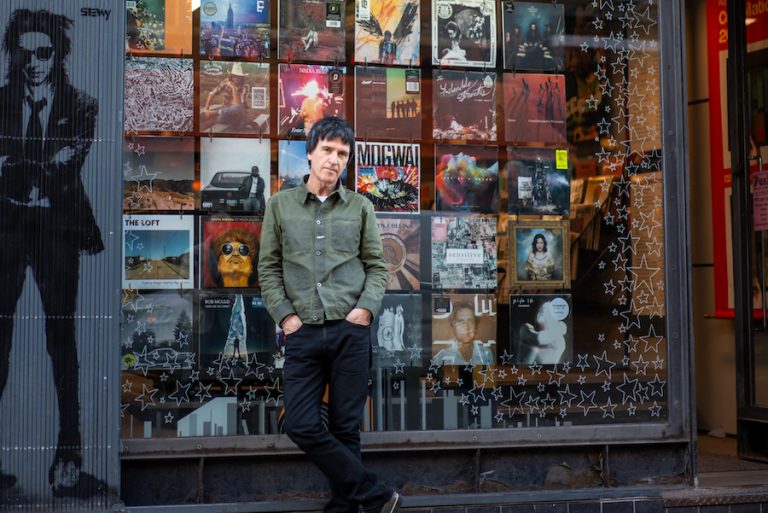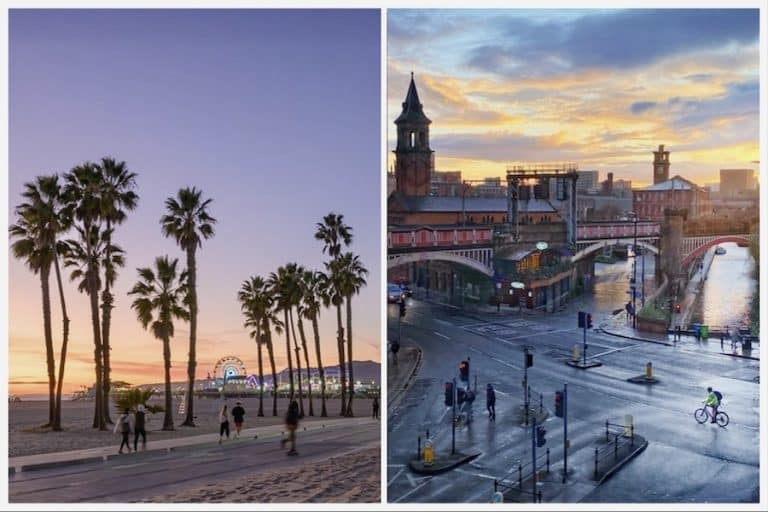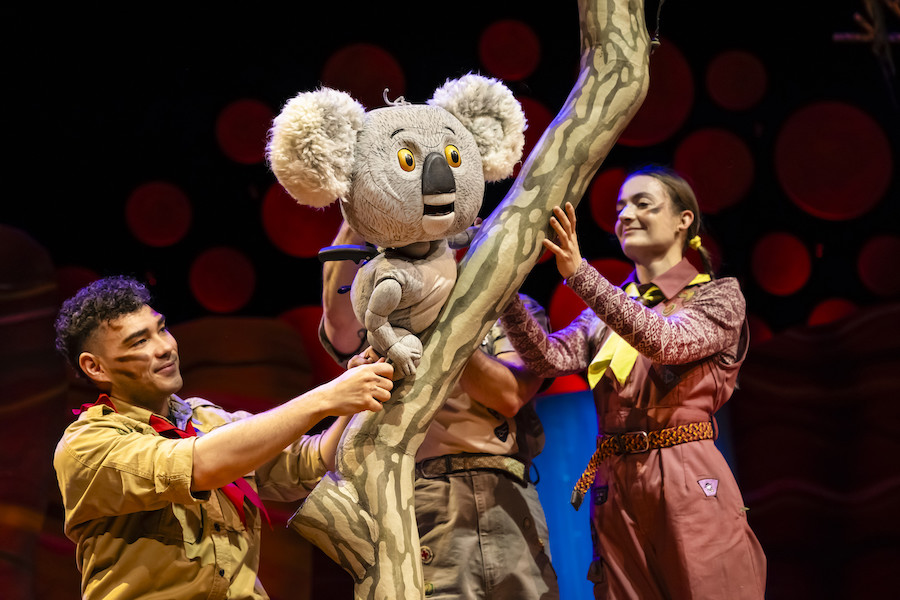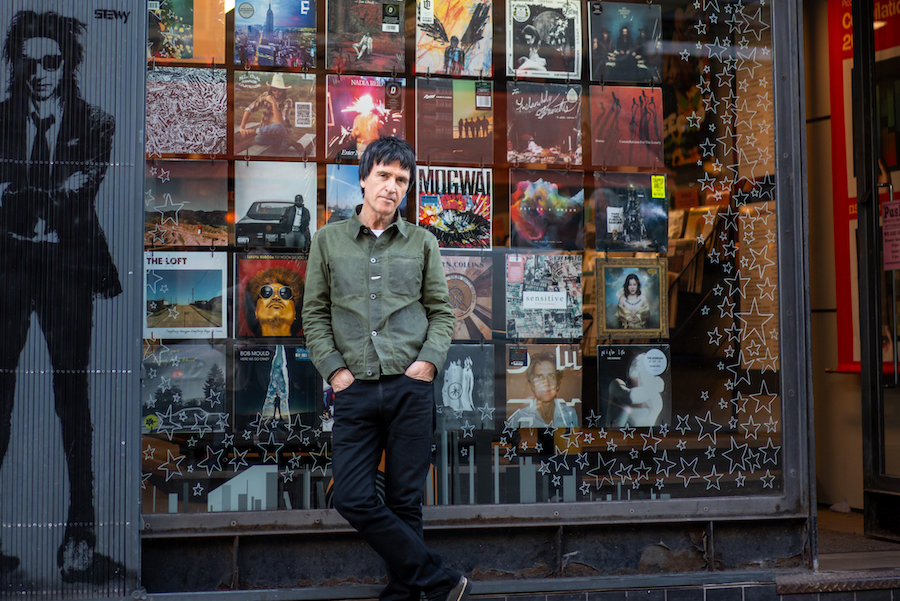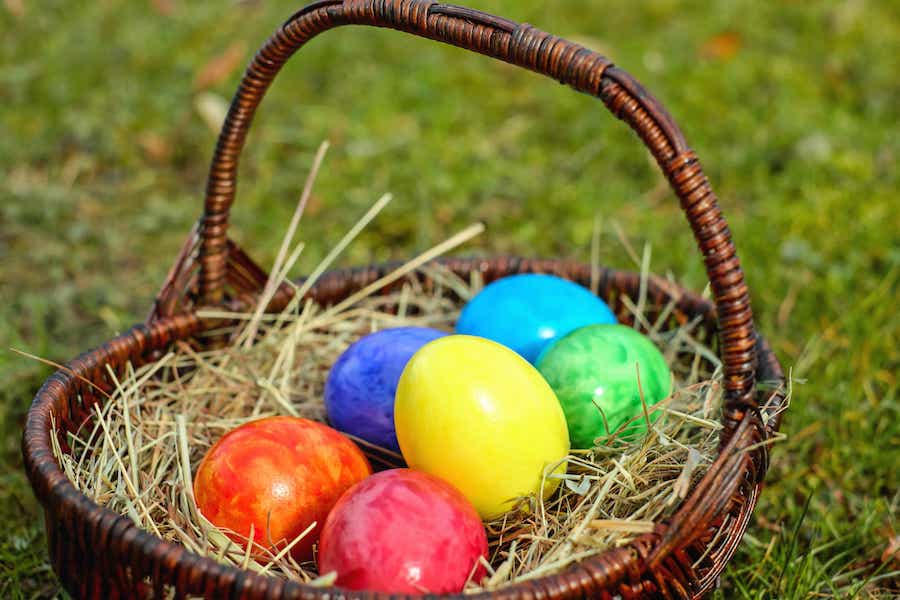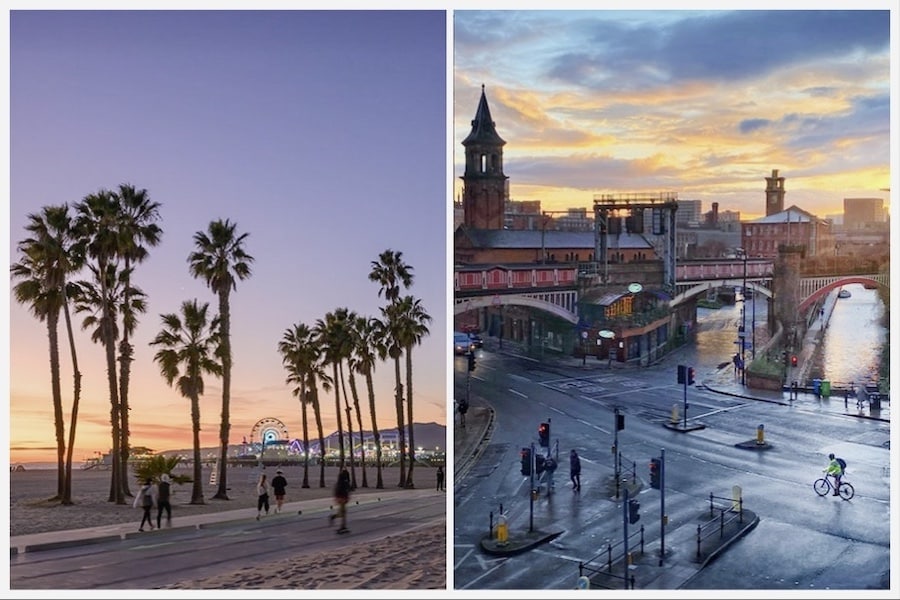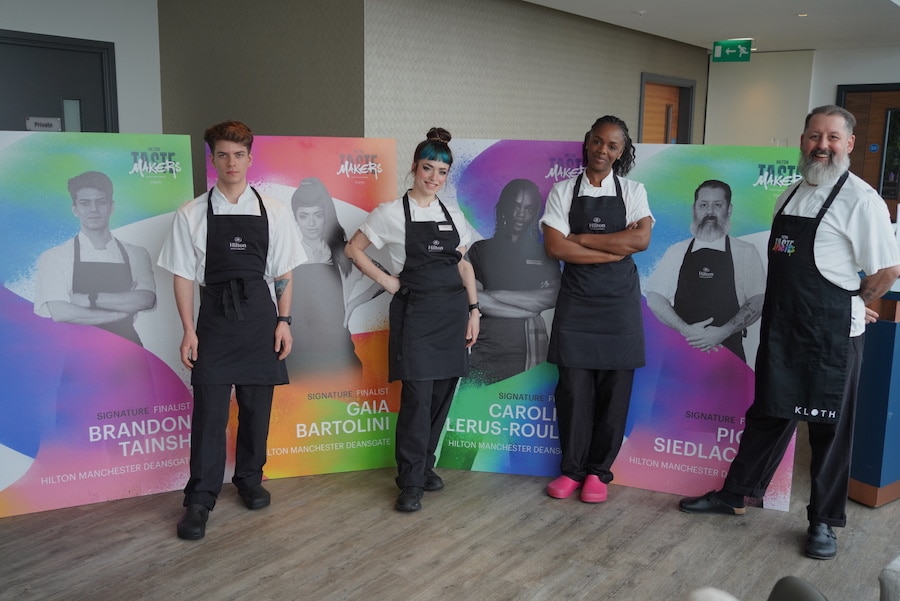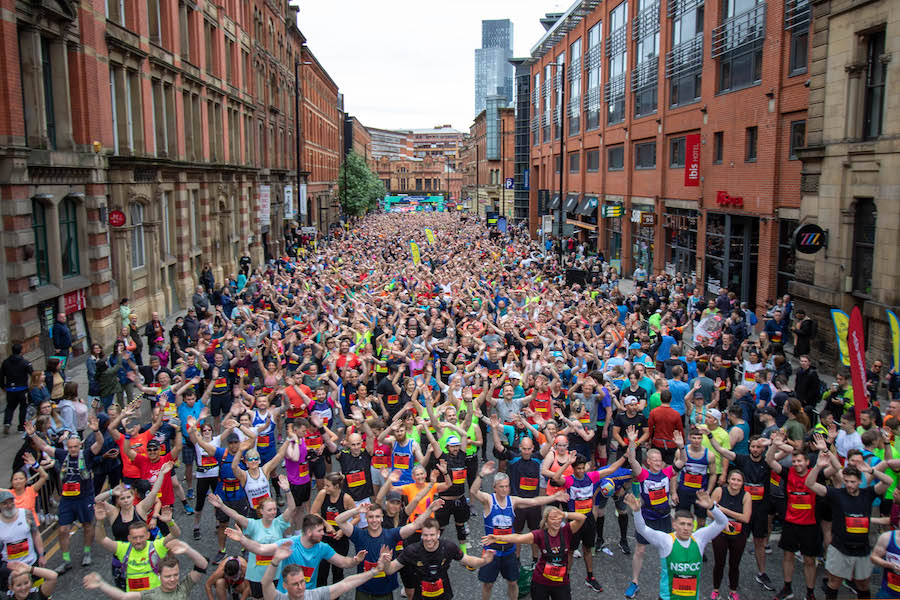The story of the Swedish sermon that changed the world
- Written by Ed Glinert
- Last updated 1 year ago
- City of Manchester, Cornerstone, Culture, History
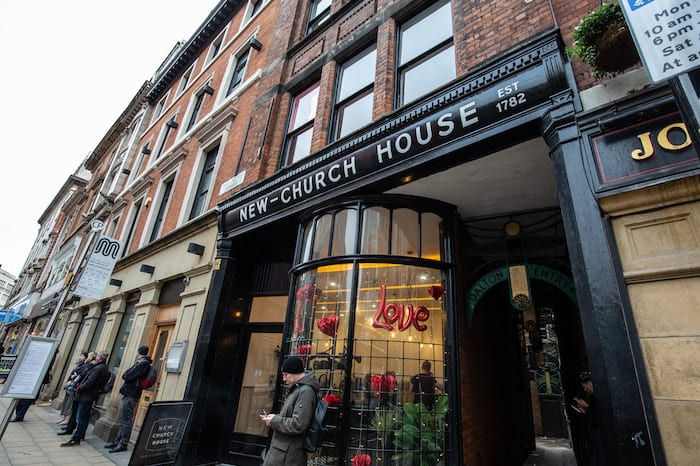
The story of industry in late 18th century Manchester is well told. Less so, the growing town’s predilections with cultish religion.
Protestant England at that time was rife with sects. The well-known, which have lasted: Methodists, Quakers and Unitarians. The obscure: Sandemanians, Thraskites, and Shaking Quakers.
This arose from the post-1688 Glorious Revolution freedom to worship in whatever way one chose – as long as it was not Roman Catholicism.
The most powerful religious presence in Manchester in the late 18th century was Emanuel Swedenborg (1688-1772), a Swedish visionary, scientist, philosopher and Christian theologian whose work also had a profound impact on William Blake.
Swedenborg was born Emanuel Svedberg in Stockholm in 1688 and was appointed Extraordinary Assessor in the Royal College of Mines by the King of Sweden in 1716.
During his spell as a royal adviser, Svedberg planned and designed a submarine, airplane, steam engine, air gun and slow-combustion stove. He was the first individual to explain the importance of the pituitary gland and the cerebral cortex, the first to identify electrical phenomena (two decades before Benjamin Franklin) and pioneered the notion that atoms can be broken up into smaller particles – a theory which remained unproved for two hundred years. When his father was ennobled in 1719, Svedberg changed his name to Emanuel Swedenborg.
In 1745 Swedenborg had an epiphany. He described his vision to Thomas Hartley, rector of Winwick, as “the opening of his spiritual sight, the manifestation of the Lord to him in person”.
From then on Swedenborg devoted himself to God. He wrote voluminous works interpreting the Scriptures, and announced that “no flesh could be saved”, according to Christ’s words in Matthew 24, unless a New Church was founded.
He later moved to London and died there on the 29th of March 1772, a date he had accurately predicted several years previously.
Sixteen years later a congregation met at Great Eastcheap in the City of London to mark the centenary of Swedenborg’s birth and founded the New Church, according to their mentor’s wishes.
Swedenborg’s influence quickly spread to Manchester. The Reverend William Cowherd, curate at St John’s, Deansgate (now marked by St John’s Gardens), broke from the Anglican Church in 1793 to lead the Swedenborgian New Jerusalem Church on Peter Street, where the Albert hall now stands. Here they practiced teetotalism and pacifism.
After quarrelling with other New Jerusalem Church leaders, he opened the Bible Christian Church on King Street, Salford (the flattened gravestones are still visible in the car park that now covers the site).
There, on Sunday 29 January 1809, the Rev Cowherd made a sermon that changed the world. His subject was animals and, in particular, the eating of them.
Reading from Genesis 9 in the King James Bible, he addressed the congregation: “Every moving thing that liveth shall be meat for you; even as the green herb have I given you all things. But flesh with the life thereof, which is the blood thereof, shall ye not eat.”
With those words, Cowherd began the first formal vegetarian movement in Britain. His belief was that not only were all men are created equal, but that all species were equal, that to regain the purity of the Garden of Eden before the Fall man should be at one with all life.
Although the influence of Swedenborg died away with future generations, the idea of not eating animals has increased in popularity, although it is doubtful many modern vegetarians or vegans would now cite Swedenborg as an authority.
A Swedenborgian church was active in the city centre until 1971. The building is still there on John Dalton Street, with the sign “New-Church House”, hyphenated in honour of the New Church Swedenborg said would be founded.
To find out more about the history of the city through its sites, signs, symbols, statues, settings, join tour guide and author Ed Glinert on one of his New Manchester Walks. More information on the website.
- This article was last updated 1 year ago.
- It was first published on 12 April 2019 and is subject to be updated from time to time. Please refresh or return to see the latest version.
Did we miss something? Let us know: press@ilovemanchester.com
Want to be the first to receive all the latest news stories, what’s on and events from the heart of Manchester? Sign up here.
Manchester is a successful city, but many people suffer. I Love Manchester helps raise awareness and funds to help improve the lives and prospects of people across Greater Manchester – and we can’t do it without your help. So please support us with what you can so we can continue to spread the love. Thank you in advance!
An email you’ll love. Subscribe to our newsletter to get the latest news stories delivered direct to your inbox.
Got a story worth sharing?
What’s the story? We are all ears when it comes to positive news and inspiring stories. You can send story ideas to press@ilovemanchester.com
While we can’t guarantee to publish everything, we will always consider any enquiry or idea that promotes:
- Independent new openings
- Human interest
- Not-for-profit organisations
- Community Interest Companies (CiCs) and projects
- Charities and charitable initiatives
- Affordability and offers saving people over 20%
For anything else, don’t hesitate to get in touch with us about advertorials (from £350+VAT) and advertising opportunities: advertise@ilovemanchester.com

Review: The Koala Who Could at LOWRY is ‘an uplifting journey of courage and change’

Review: Little Women at LOWRY is ‘a moving and modern take on Alcott’s timeless novel’

RadioAlty celebrates five years of broadcasting and nurturing local talent
